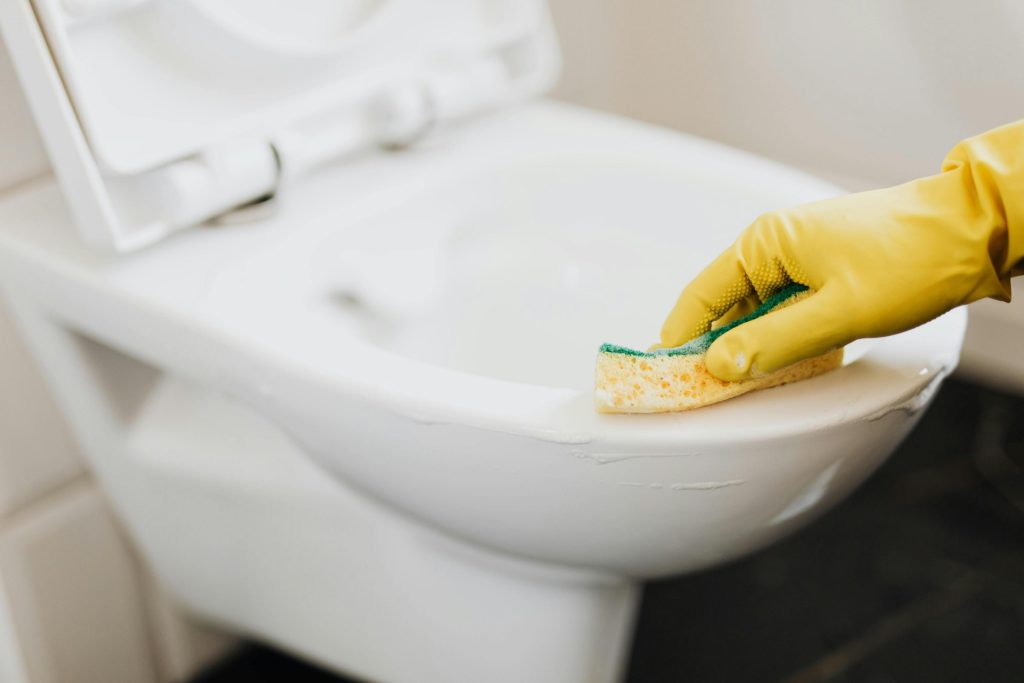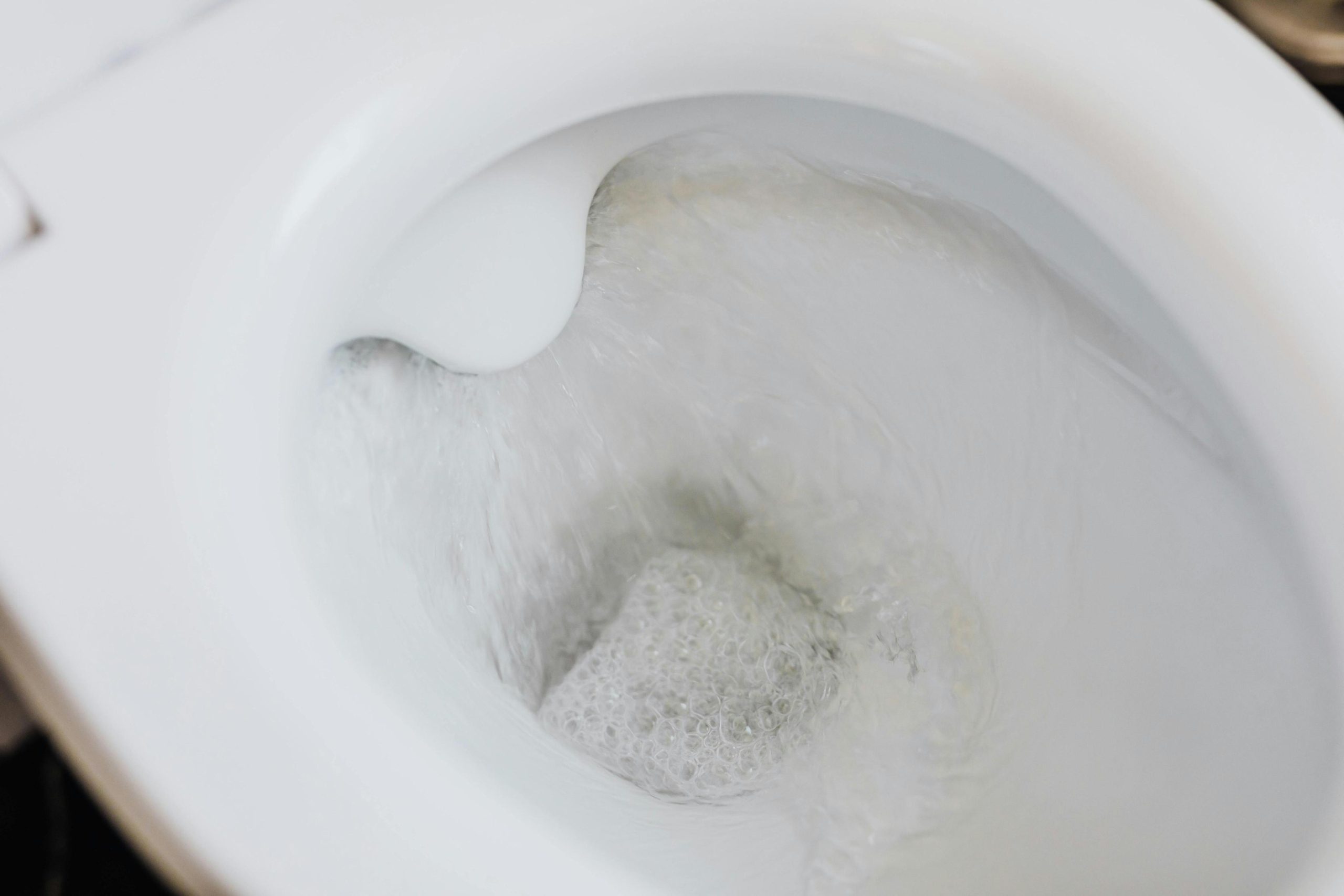How to Unclog a Toilet Without a Plunger: Step-by-Step Guide
A clogged toilet is a common household problem that can quickly turn into a stressful situation, especially when you don’t have a plunger handy. But don’t worry! There are several effective ways to unclog a toilet without a plunger using items you likely already have at home. In this guide, we’ll walk you through simple, safe, and eco-friendly methods to get your toilet back to working condition.
Understanding the Cause of the Clog
Before attempting to unclog your toilet, it’s helpful to understand what might be causing the blockage. Toilets can become clogged for various reasons, including:
- Excessive Toilet Paper: Using too much toilet paper at once is one of the most common causes of toilet blockages.
- Foreign Objects: Items like wipes, sanitary products, or children’s toys accidentally flushed down the toilet can lead to clogs.
- Old Plumbing: Older toilets and plumbing systems can be more prone to clogging due to their reduced flushing power.
- Low Water Pressure: Insufficient water flow in the toilet tank can prevent a complete flush, leading to frequent clogs.
Now that we have a basic understanding of potential clog causes, let’s move on to the practical methods for unclogging your toilet without a plunger.
Method 1: Hot Water and Dish Soap
One of the simplest and most effective ways to unclog a toilet is by using hot water and dish soap. This method works best for soft blockages, such as excess toilet paper or organic material.
What You’ll Need:
- Dish soap
- Hot water (not boiling)
Step-by-Step Process:
- Add Dish Soap: Pour about a half cup of dish soap into the toilet bowl. The soap will act as a lubricant, helping to break up the clog and allow it to slide down the drain more easily.
- Heat Water: Heat about a gallon of water. It’s important that the water is very hot but not boiling. Boiling water can crack the porcelain bowl, so be careful.
- Pour Hot Water into the Bowl: Slowly pour the hot water from waist height into the toilet bowl. The height helps add some force, which can assist in breaking up the clog. The combination of the dish soap and hot water should begin to dissolve or loosen the clog.
- Wait and Flush: Let the hot water sit for 10-15 minutes. Then, try flushing the toilet. If the water goes down smoothly, the clog has been successfully cleared. If not, you may need to repeat the process or try another method.
Method 2: Baking Soda and Vinegar
Baking soda and vinegar are natural cleaning agents that can help dissolve blockages. This eco-friendly method is especially effective for clogs caused by organic matter or excessive toilet paper.
What You’ll Need:
- 1 cup of baking soda
- 2 cups of white vinegar
- Hot water (optional)
Step-by-Step Process:
- Pour Baking Soda into the Bowl: Start by adding about 1 cup of baking soda to the toilet bowl. Let it settle for a few minutes to ensure it reaches the blockage.
- Add Vinegar: Slowly pour 2 cups of vinegar into the toilet bowl. As the baking soda and vinegar mix, they will create a chemical reaction that produces bubbles and fizz. This reaction can help break down the clog.
- Wait and Observe: Let the baking soda and vinegar work for 30 minutes. During this time, the mixture will break down the clog.
- Optional: Pour Hot Water: After 30 minutes, you can pour hot (not boiling) water into the toilet bowl to help push the blockage through the pipes. Allow it to sit for another 15 minutes.
- Flush: Try flushing the toilet. If the water flows normally, the clog has been cleared. If not, repeat the process or move on to another method.
Method 3: The Wire Coat Hanger Technique
If the clog is caused by a physical object or debris stuck near the surface, using a wire coat hanger can help dislodge it. This method works well for blockages close to the drain.
What You’ll Need:
- A wire coat hanger
- Rubber gloves
- Plastic bag (optional)
Step-by-Step Process:
- Unravel the Coat Hanger: Straighten out the wire coat hanger and create a small hook at one end. This hook will help you grab onto any blockage.
- Protect Yourself: Put on rubber gloves to protect your hands. You may also want to wrap the hooked end of the hanger with a small piece of cloth to avoid scratching the porcelain surface.
- Insert the Hanger into the Toilet: Carefully insert the hooked end of the hanger into the toilet drain. Use the hook to feel around and gently pull or push any blockages that might be stuck.
- Work the Hanger Back and Forth: Use a gentle back-and-forth motion to break up the clog or pull it out if it’s a solid object. Be cautious not to push the clog further into the pipe.
- Flush the Toilet: Once you feel the blockage has been dislodged, try flushing the toilet to see if the water drains properly. If not, continue using the hanger until the clog is completely cleared.
Method 4: Epsom Salt or Bath Bombs
If you’re in a pinch and have no traditional cleaning supplies available, Epsom salt or a bath bomb can be surprisingly effective at breaking up toilet clogs. These products can help create a fizzy reaction similar to baking soda and vinegar, loosening the blockage.
What You’ll Need:
- Epsom salt or bath bombs
- Hot water (optional)
Step-by-Step Process:
- Add Epsom Salt or Bath Bomb: Drop about 1 cup of Epsom salt or a bath bomb into the toilet bowl. These will start to fizz and bubble, helping to break down the clog.
- Let It Sit: Allow the fizzing reaction to continue for 15-20 minutes. This time is necessary for the bubbles to work their way into the clog and loosen it.
- Optional: Pour Hot Water: You can pour hot (not boiling) water into the toilet after the fizzing has subsided. This can help move the clog down the drain.
- Flush the Toilet: After letting the mixture sit, flush the toilet. If the clog is gone, the water will flow freely. If not, you may need to repeat the process or try another method.
Method 5: Use a Wet/Dry Vacuum
For stubborn clogs that won’t respond to other methods, a wet/dry vacuum can be an excellent option. This method is especially useful if you suspect the clog is due to a solid object stuck in the drain.
What You’ll Need:
- Wet/dry vacuum
- Rubber gloves
- Old towels (for any water spills)
Step-by-Step Process:
- Prepare the Area: Place old towels around the base of the toilet to catch any water that might spill out.
- Remove Excess Water: Use the vacuum to suck up as much water as possible from the toilet bowl. Make sure the vacuum is set to “wet” mode.
- Vacuum the Clog: Insert the vacuum hose into the toilet drain as far as it will comfortably go. Turn the vacuum on and attempt to suction the clog out. You may hear a “pop” sound if the vacuum successfully removes the blockage.
- Flush: Once you believe the clog has been removed, flush the toilet to ensure the water drains properly.
Preventing Future Clogs

After dealing with a clogged toilet, you’ll likely want to avoid having to go through the process again. Here are a few simple tips to prevent future toilet clogs:
- Be Mindful of What You Flush: Only flush toilet paper and human waste. Items like paper towels, wet wipes, cotton swabs, and sanitary products should never be flushed, as they can easily cause clogs.
- Use Less Toilet Paper: Try to use only as much toilet paper as necessary. Excessive amounts can cause blockages, especially in older plumbing systems.
- Regularly Maintain Your Toilet: Once in a while, perform preventative maintenance on your toilet by cleaning it thoroughly and checking the water pressure to ensure it flushes properly.
- Install a Water-Saving Toilet: Older toilets may not have enough power to push waste through the pipes effectively. Consider upgrading to a water-saving toilet with higher flushing capacity to reduce the risk of clogs.
Conclusion
Unclogging a toilet without a plunger is entirely possible using household items like dish soap, hot water, baking soda, and vinegar. By following the methods outlined in this guide, you can tackle stubborn clogs and get your toilet back to working order quickly and safely.
Remember, if none of these DIY methods work and the clog persists, it’s best to call a professional plumber to avoid causing damage to your plumbing system. Regular maintenance and being mindful of what you flush can also help prevent future clogs and keep your toilet running smoothly.
